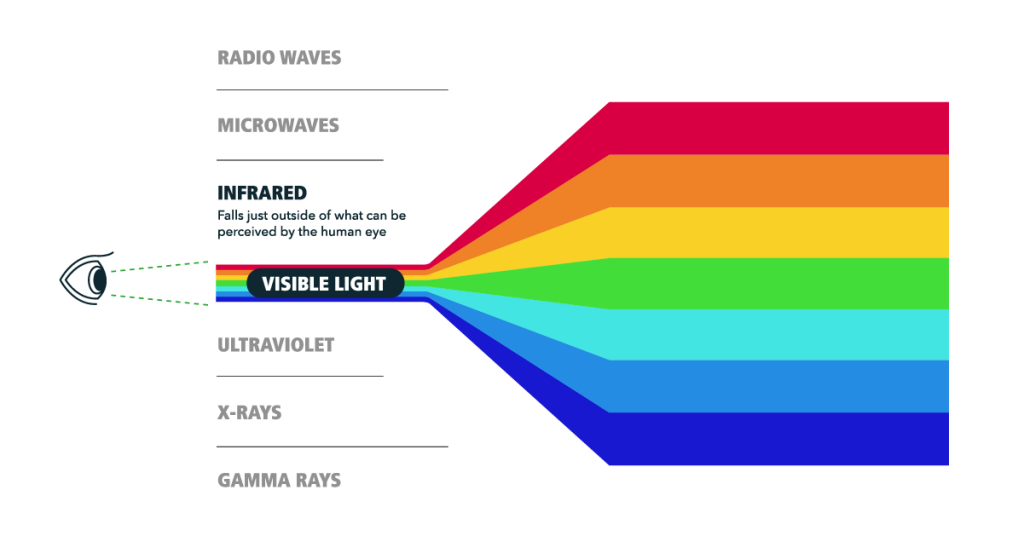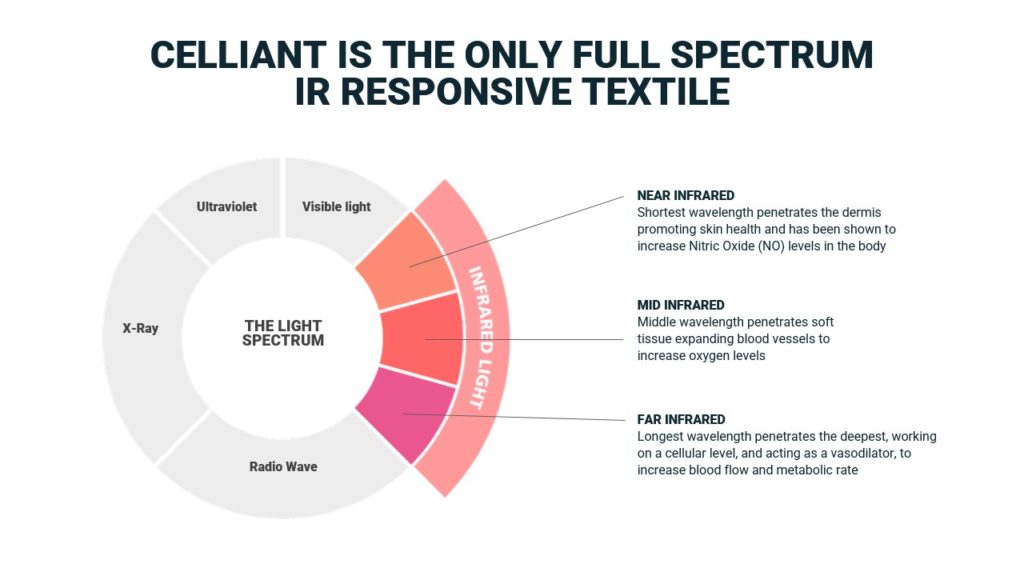
The Best CELLIANT Infrared Essentials for Summer
June 02, 2025 – Team CELLIANT is thrilled to announce the launch of its very own Infrared Dream Pillow, along with our new Shopify website where you can purchase all things IR technology!

Light therapy uses bright (approximately 10,000 lux is recommended), visible light that filters out the UV light and mimics the benefit you would normally get from exposure to the sun. This is easily done in your own home with what are commonly known as ‘sun lamps’ and exposing yourself to their light for 30 minutes, typically in the morning. Light therapy is used to help treat a number of mental health issues and sleep disorders. Primarily it’s used to help treat Seasonal Affective Disorder (SAD) because it’s thought that SAD is caused by a lack of exposure to sunlight in the autumn and winter months. Light therapy is becoming the first line of defense against SAD because it has been shown to boost serotonin levels and slow the production of melatonin, helping you feel more alert in the day.

Benefits of Infrared Light Therapy
Infrared light therapy has been shown to cause the following benefits:
In general, light therapy and their applications breaks down as follows:
CELLIANT has been shown to provide the following benefits:
CELLIANT works hard to back its claims with scientific evidence that is specific to CELLIANT’s textile application. To date, we have conducted nine peer-reviewed studies showing the efficacy of CELLIANT’s benefit claims. To learn more about our testing process, watch our short educational testing video.


June 02, 2025 – Team CELLIANT is thrilled to announce the launch of its very own Infrared Dream Pillow, along with our new Shopify website where you can purchase all things IR technology!

June 09, 2025 – Finding the perfect pillow is more than just a matter of comfort. It’s a cornerstone of restorative sleep, better recovery and long-term wellness. At CELLIANT, we believe in optimizing every aspect of sleep…

March 28, 2025 – Earth Day is right around the corner, and it’s more than just a day—it’s a reminder that every choice we make matters. From the foods we eat to the fabrics…
To access all of our reports please input your email below.
Contact us at marketing@celliant.com
Thank you for your request. Please download the brochure below.
Sign up for the latest Celliant news and innovations.
REQUEST INFORMATION